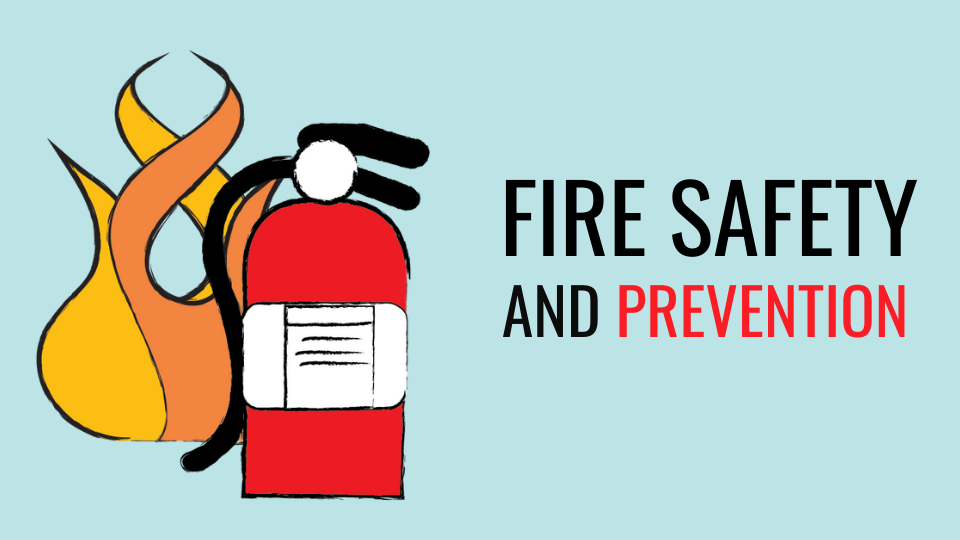|
| 2024 Incidents |
| Jan | 46 |
| Feb | 39 |
| Mar | 47 |
| Apr | 91 |
| May | 74 |
| Jun | 86 |
| Jul | 94 |
| Aug | 79 |
| Sep | 54 |
| Oct | 72 |
| Nov | 63 |
| Dec | 60 |
| Total | 805 |
| Web Counters |
Website Visitors
Since
March 4, 2024
|
Visitors Today
Jun 22, 2025
|
|
|
|
|

- CHECK SMOKE DETECTORS & FIRE ALARMS
- Smoke detectors and fire alarms are our first defense when it comes to fire safety. Though most people are familiar with the single, combined device you place on the ceiling in your home, there are a variety of fire safety systems.
- All living spaces should have smoke detectors and fire alarms and they should be checked regularly. Make sure you understand how your system or devices work, the appropriate testing schedule, as well as when to change batteries if needed.
- If your carbon monoxide detector is a separate device, it’s best to test everything at the same time. In colder weather, houses have less ventilation, and the risk of carbon monoxide poisoning can be much higher. Knowing your alarms are functioning correctly can provide peace of mind and keep you safe.
- INSPECT FIRE EXTINGUISHERS
- Another tool to have available in case of a fire is a fire extinguisher. Fire extinguishers come in a variety of size, however all require inspection to ensure that they function properly in the event of an emergency.
- The following items should be inspected whether you are at home or at work.
- Check the pressure gauge for rust or corrosion
- If the extinguisher is dirty, clean and dry it to prevent future corrosion
- Ensure the safety seal or tamper indicator is still intact
- Inspect the fire extinguisher nozzle to ensure it is clean and free of obstruction
- Tip the extinguisher upside down to loosen any compacted extinguishing agent
- KNOW HOW TO USE A FIRE EXTINGUISHER
- REVIEW YOUR FIRE EVACUATION PLAN
- All buildings should have a fire evacuation plan. Whether it’s at home or at work, drills should take place, so everyone knows what to do and where to go. Does your family have a fire escape plan? If not, now is a good time to create one.
- Make sure each family member knows how to safely exit the home in the event of a fire.
- Designate a meeting place for everyone to check in.
- It may be helpful to practice your escape plan from different rooms so all family members understand the importance and feel confident about how to evacuate quickly.
- ENSURE EMERGENCY CONTACT INFORMATION IS UP-TO-DATE
- Another important part of your fire safety program is to know who to call and where this information can be found.
- Make sure fire department and emergency service numbers are clearly posted or saved on everyone’s phone. It can be helpful to list all of these numbers in a central location, such as the refrigerator. Be sure to include the home address as well, so no one has to search for it in the event of an emergency.
- Every year, double-check that this information is still up-to-date. If there are secondary emergency contacts (like extended family or neighbors) to call in the event of an emergency, now is the time to verify those numbers as well.
|
|
|